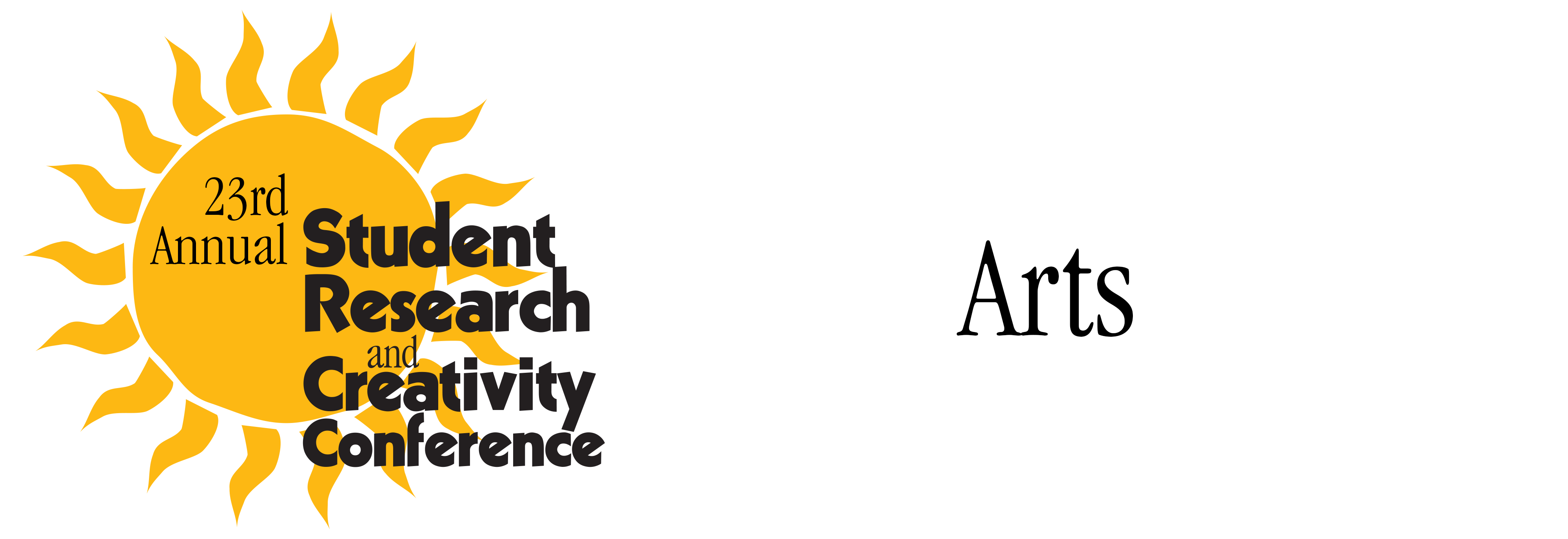
Files
Download Full Text (1.2 MB)
Description
Alex Denisco, MUS303: Music History 2
Faculty Mentor(s): Professor Carolyn Guzski, Music
Igor Stravinsky (1882-1972) is probably best known for his controversial ballet score Le sacre du printemps [The Rite of Spring]. The musical world of 1913 was rattled by the ballet's world premiere. No one had heard anything like it before and not all understood what was so amazing about the work. By creating a musical masterpiece that was powerful and raw, Stravinsky fundamentally changed the way the performing arts express and convey emotion, ideas, and stories. Instrumental timbres were used to create a barbaric sound and the choreography by Vaslav Nijinsky was animalistic and brutal. The Rite of Spring is now regarded among the first bracing examples of musical Modernism. My analysis of this legendary work shows how Stravinsky drew on traditional rhythms and motifs from northeastern Europe, combined with the concept of taking advantage of individual instrumental timbres, to create a unique groundbreaking composition. One of the work's most idiosyncratic features is the famous bassoon solo that opens the ballet, using an extreme upper register which had not been exploited by previous composers. In addition, Stravinsky absorbed direct influences from the folk music of his native Russia, and his traditional Lithuanian and Russian folk song quotations are very different from melodic themes typical of the Common Practice era in classical music. My project demonstrates that Stravinsky's artistic experimentation is characterized by the imagined sounds of pagan Russian, bringing its ancient spirit to the modern concert hall.
Publication Date
2021
Recommended Citation
Denisco, Alex, "Stravinsky's Rite of Spring: Primitive Village to Concert Hall" (2021). Arts. 23.
https://digitalcommons.buffalostate.edu/srcc-sp21-arts/23



